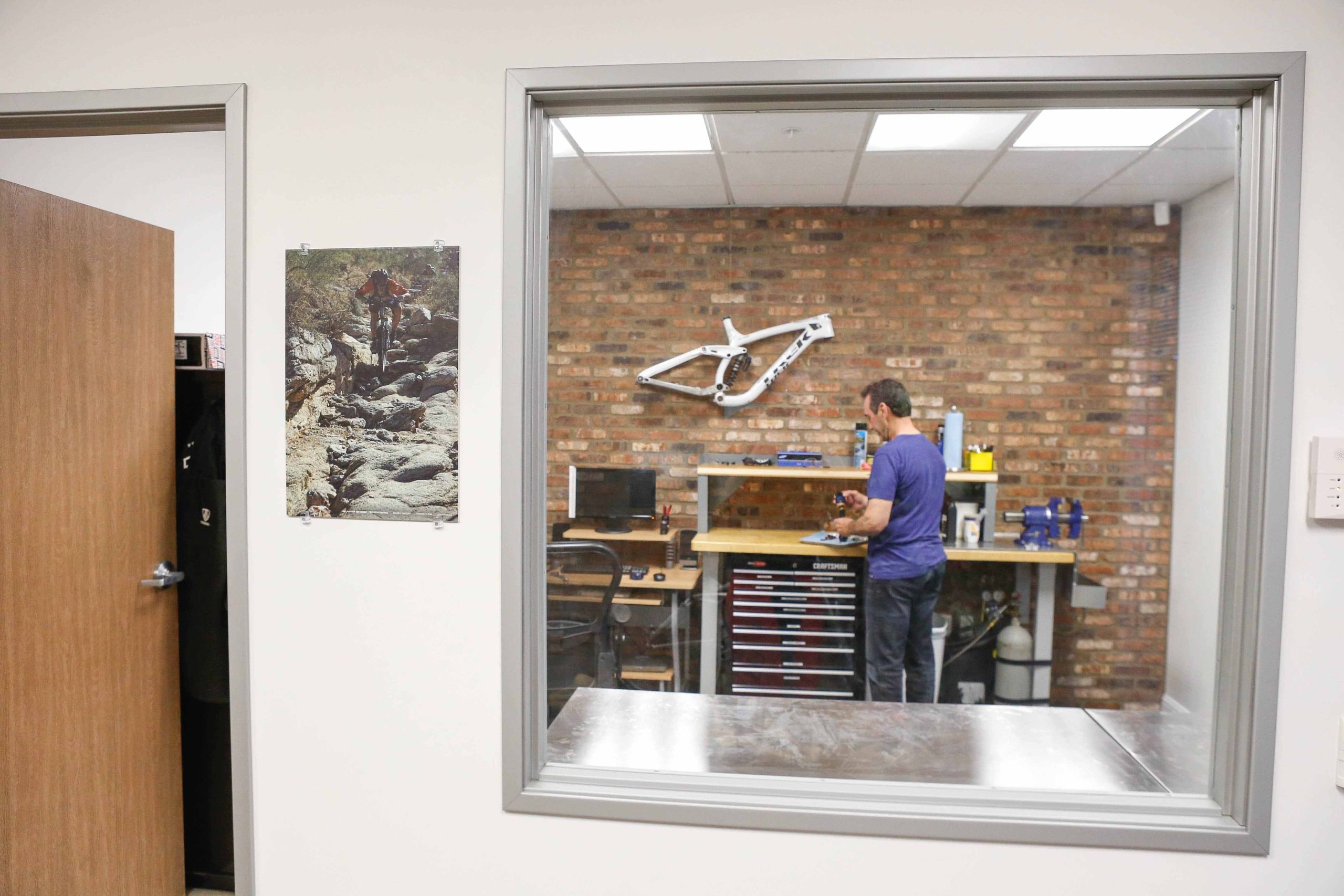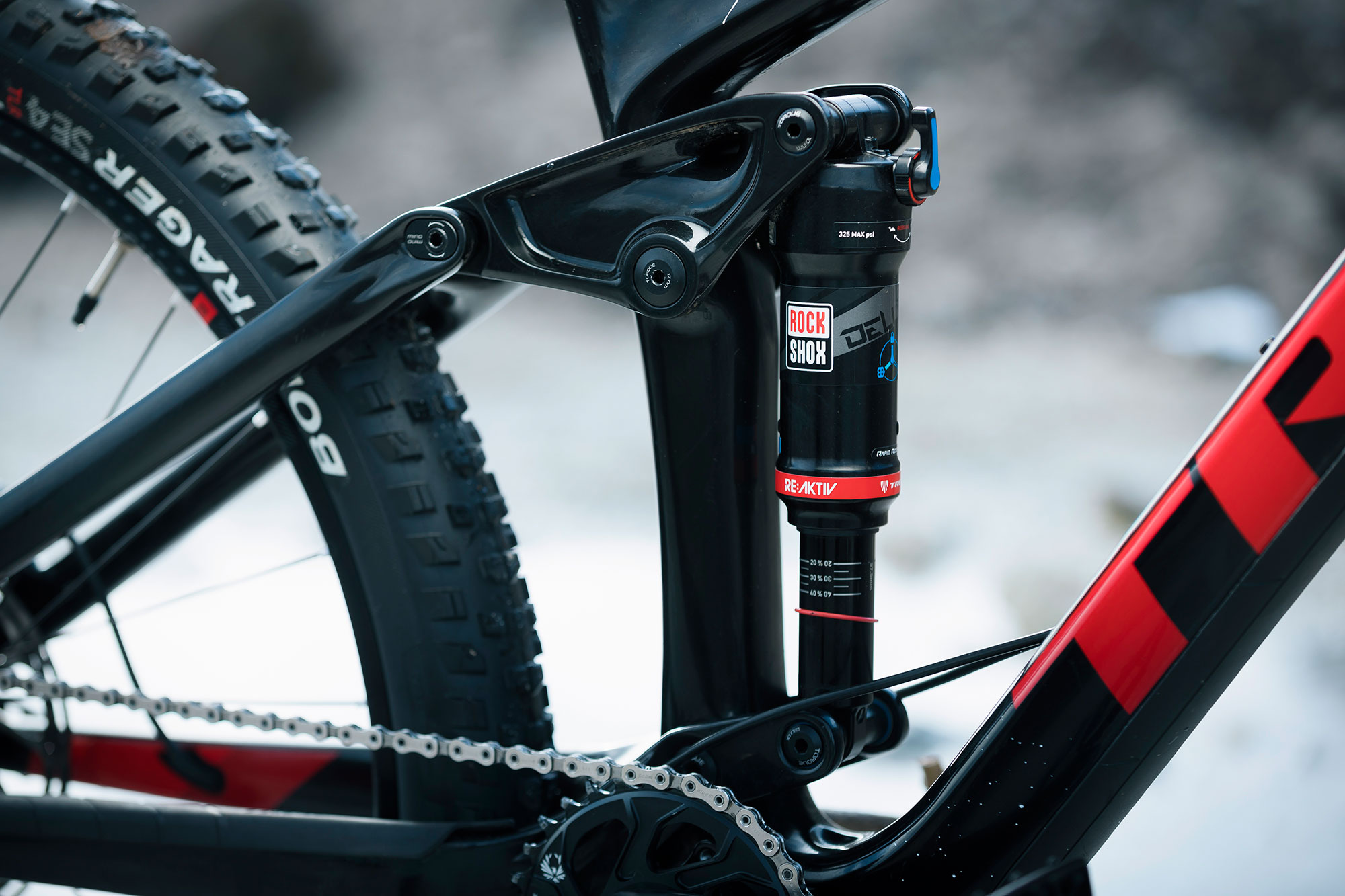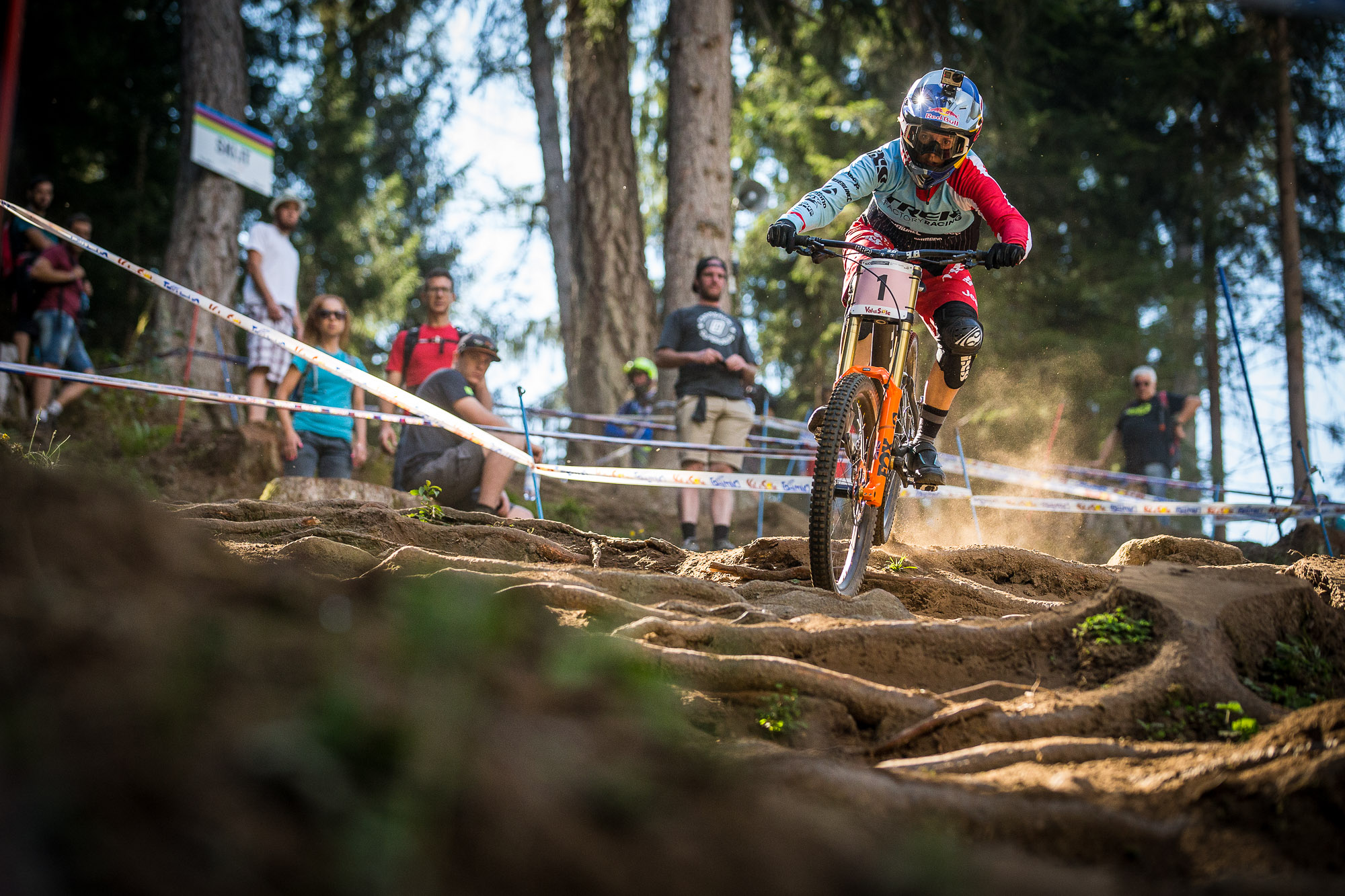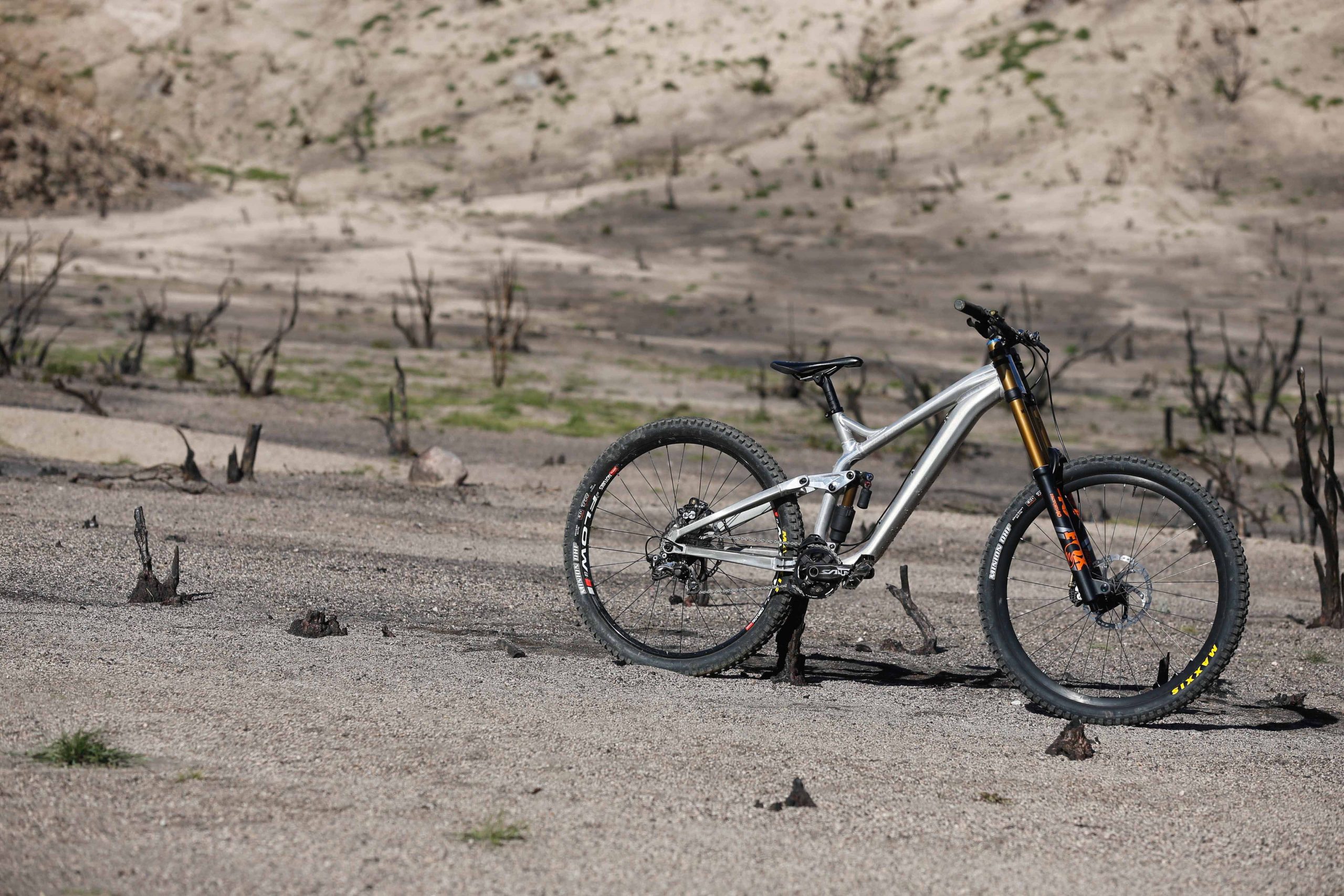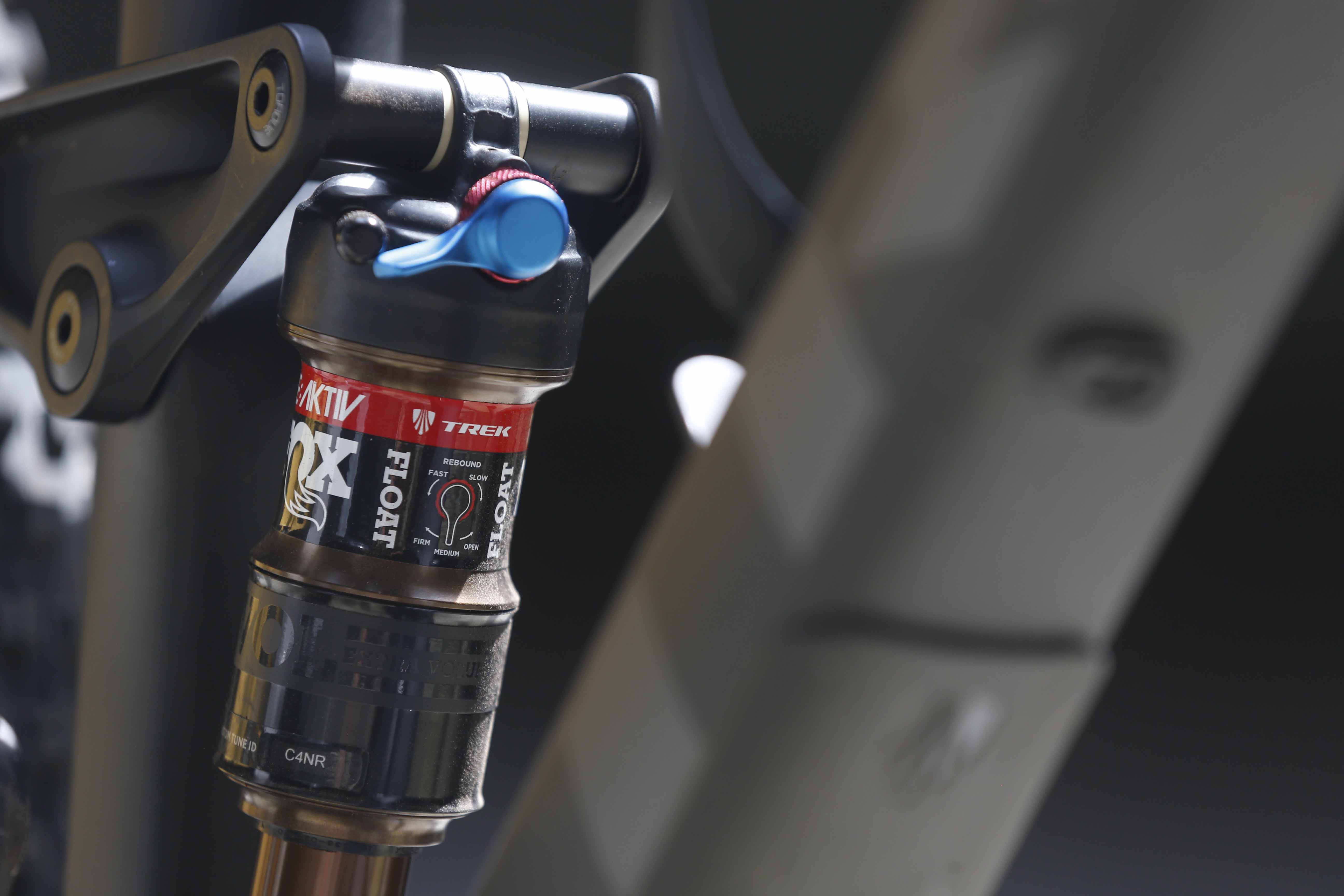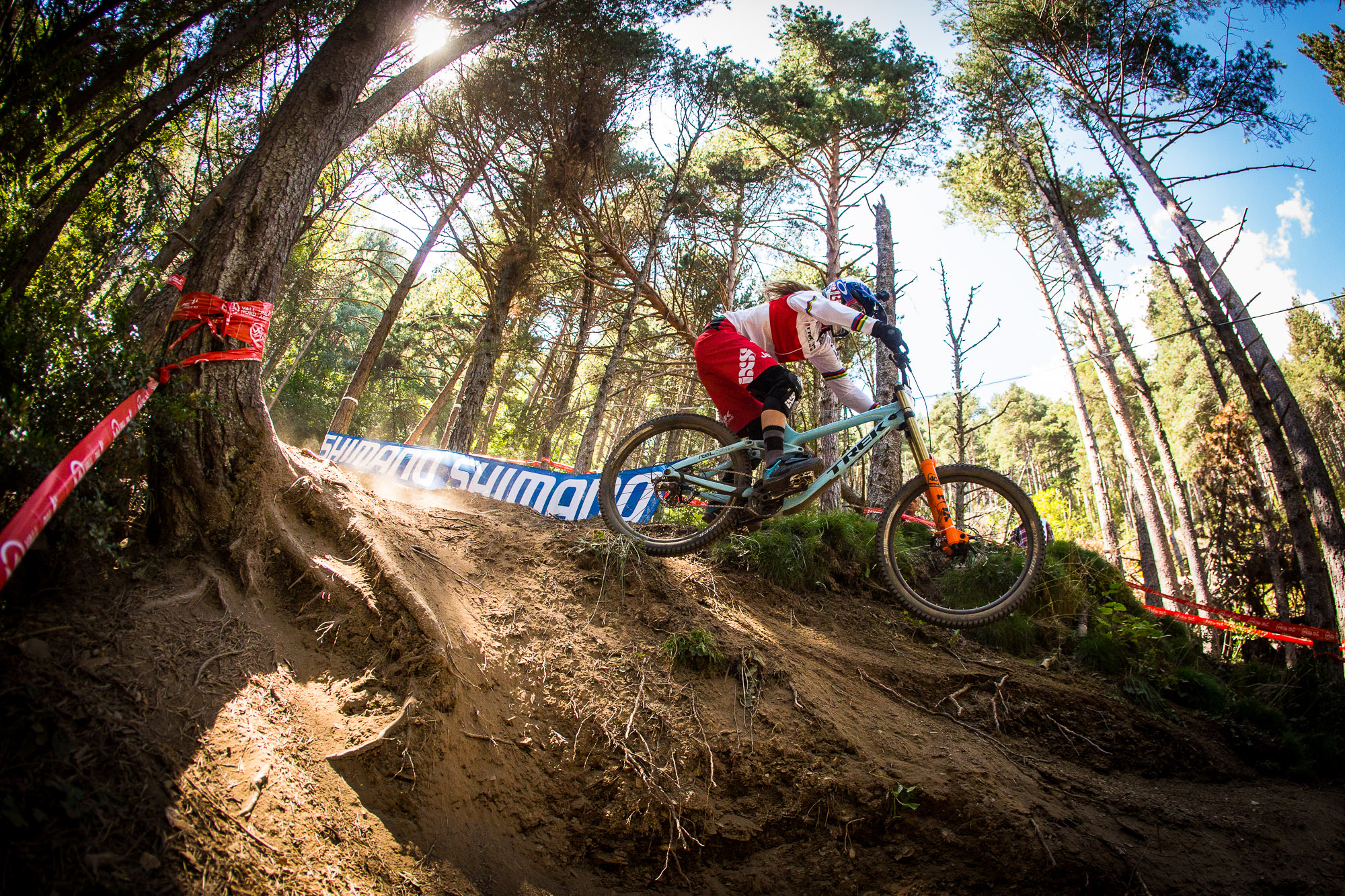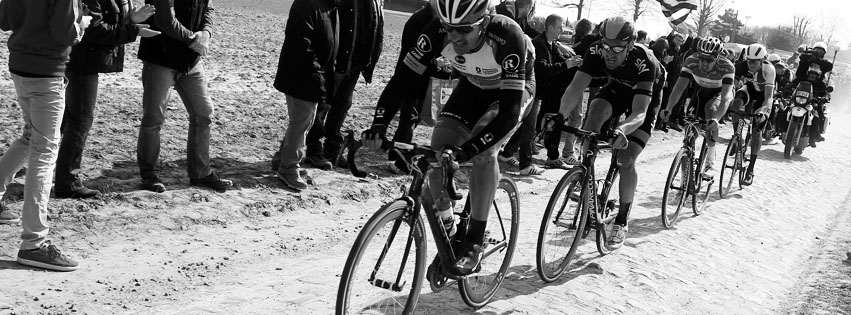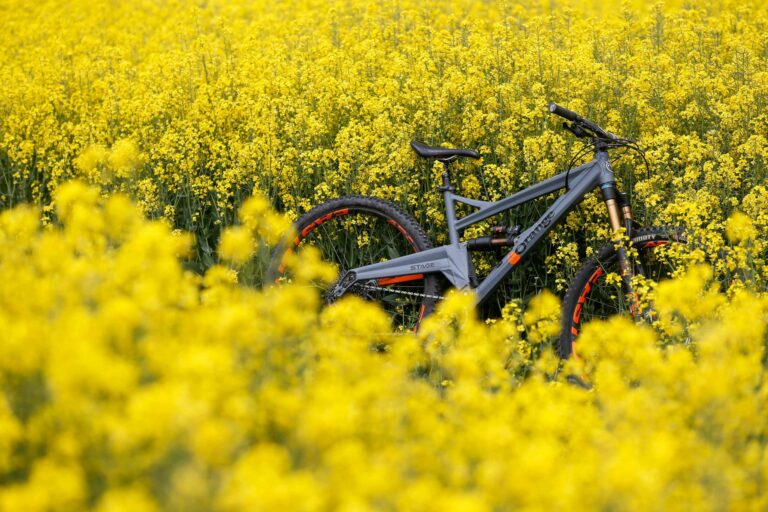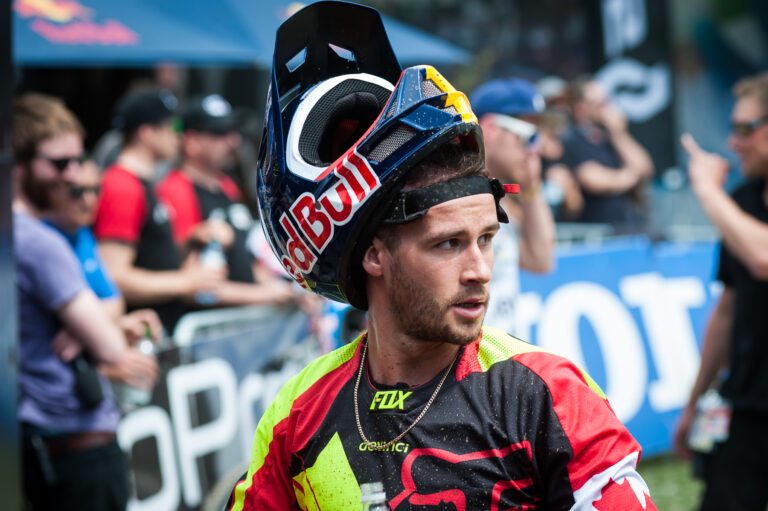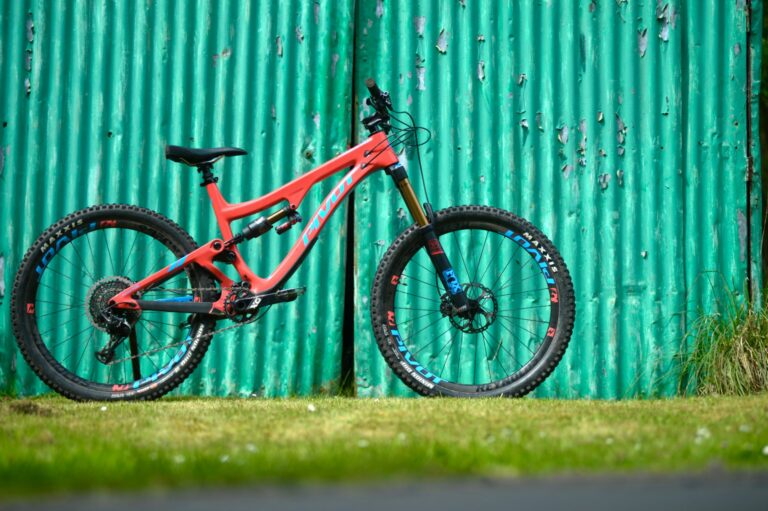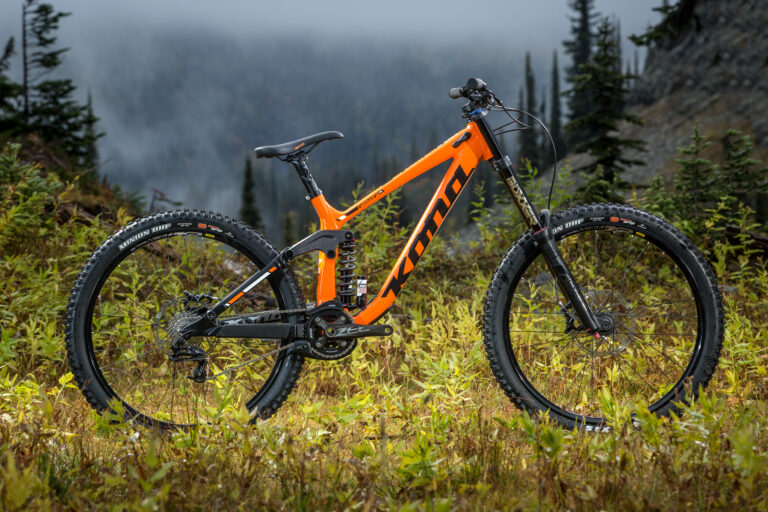People, allegedly very informed ones, say there is no such thing as a bad mountain bike these days. One of the most striking things of testing bikes is how very quickly adaption takes hold, it plays a big part in this idea that most company’s do not make mistakes. How very wrong.
There is a profusion of suspension systems all purporting to have the optimum design. Many of these are pretty good, others lead to hideous fatigue due to too much progression or tiredness a result of continual rider counterbalancing or guessing what the suspension is doing. Geometry and materials play a part in this too but the key is having parity, to create a system where the suspension and damping works together letting the rider adapt to the terrain, not the bike.
The problem is the mountainbike industry is full of bright ideas and all too often the whole business of getting the kinematics and damper in unison is left to chance. Many brands have no base settings leaving the rider either to work it out for themselves or buy a £300 SRAM widget to do it for them. And then think it’s ok to charge to punter upwards of a 450 KTM for the privilege of….well mostly image.
One of the most striking features of Trek bikes, be it a Session, a Remedy or Slash is that they have an identifiable feel to the system, you could say the same for Specialized, Orange and a few others. The characteristic is nearly always second nature when riding and rarely doing daft things. As a test rider this means that I never had to make that painful call that you just know will lead to only one outcome “well that’s your opinion.”
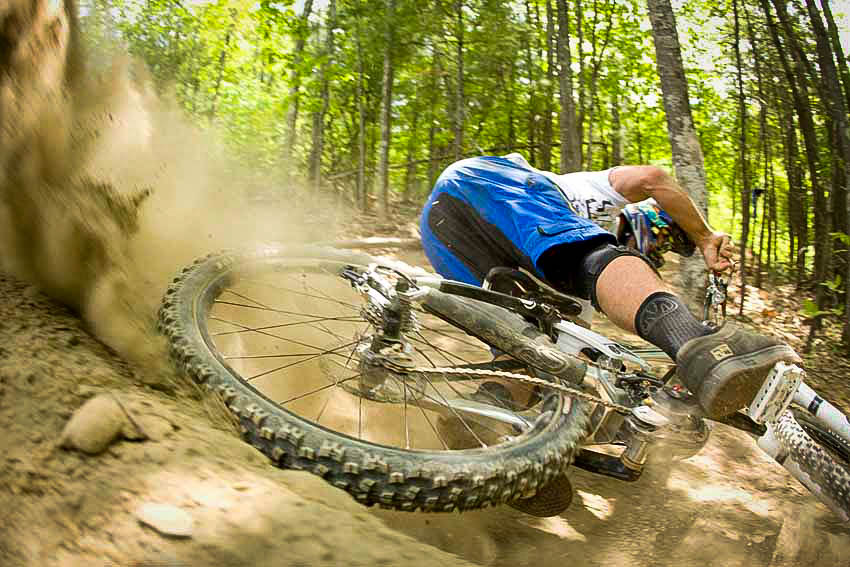
Now the Trek Session was not perfect at the start. It had replaced the Session 10 (thank god), it was way lighter, skinnier and altogether prettier. It was faster too, but the damping was someway behind what the Session offers today. But it became VERY fast very quickly. When Aaron Gwin moved across from Yeti in 2011 he immediately raised his game and so it became that the Session is now one of the most winningest bikes in the history of downhill.
Jose Gonzalez was a key person in making that system work, along with the latest RE:aktiv units working with Penske. In today’s crammed market there has to be a performance advantage, and suspension all too often plays second fiddle to cosmetics. At their base in Santa Clarita, Los Angeles, Jose Gonzalez and his team define how and why Trek suspension works as it does, working closely with Trek chassis engineers and designers to produce that characteristic Trek feel.
As Gozalez says “It didn’t happen by chance….”

